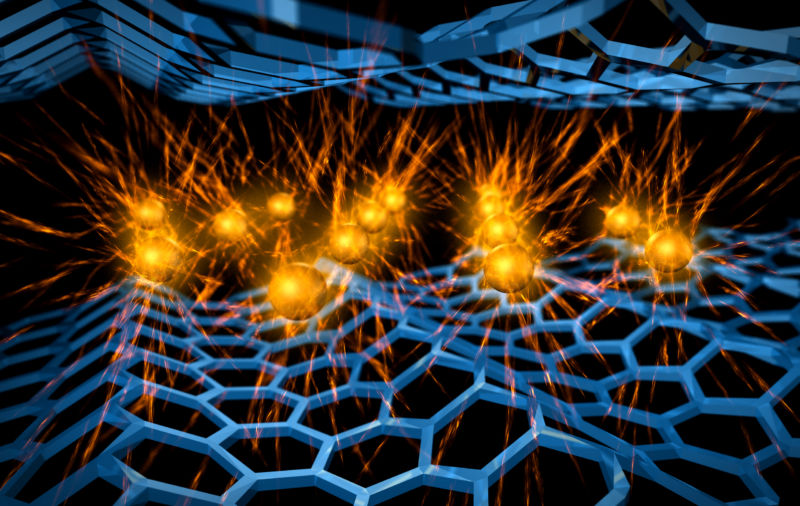Scientists produce electricity by evaporating water from a chunk of soot
Ars Technica » Scientific Method 2017-02-02

Enlarge / The authors' computer modeling didn't look like this. They're probably disappointed by that fact. (credit: Greg Stewart/SLAC)
In today's odd science news, researchers have shown that they can produce electricity by evaporating water from a chunk of soot. The research falls into the category of systems that extract electricity from waste energy around us—kind of like generating electricity from swaying buildings or powering your watch from your own movements. But this was a result that I did not expect.
The experiments that make up the new work are so simple that pretty much anyone can do them themselves. Take a hydrocarbon of choice and set it on fire so that it burns with a yellow flame. Then hold a bit of glass in the flame so that it gets covered in soot. Afterward, expose the carbon to an atmospheric plasma. Tape some electrodes to the carbon and then lower it into some water.
The porous carbon drags water into itself through capillary forces, and when the water later evaporates from the carbon surface, electricity is generated. Not much, admittedly, at 53nW per square centimeter, but still enough to raise eyebrows.